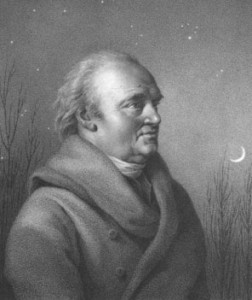A review of “The Age of Wonder” by R. Holmes

A public seminar on ESO and Cerro Paranal
September 3, 2009
Bringing the enthusiasm for astronomy to kids
November 16, 2009I am working on somthing more substantial for this blog. The outcome of this activity should appear soon. Meanwhile, asked by Helen Gavaghan, editor of Science, People and Politics, I have written a review of “The Age of Wonder” by Richard Holmes. You can find it online here. Although quite unusual for an astronomer, I found this experience estremely interesting, challenging and gratifying at the same time.
The book, which has been awarded several prizes and rapidly became a best-seller, is about the scientific developments which took place in England in the 18th century. A number of scientists played a role, but for me (and my astronomically biased vision 😉 the most important/impressive was William Herschel (and his sister Caroline, as one gets to discover reading the book).
Just read the book. If you think you have a radical passion for astronomy (as I thought I had), then compare it with Herschel’s and think about it. Besides building over 200 telescopes and spending every single clear night observing, he had some amazing intuitions. Among other things (and I admit I was not aware of it), he has discovered the existence of infrared radiation (which he demonstrated placing some thermometers after a prism!). Curiously, following Herschel’s footprints, J.W. Ritter, a controversial scientist that worked here in Munich, has discovered the ultraviolet radiation.
But what is perhaps most striking in this book, is the tight relation between science and arts during The Age of Wonder. The discussion about Vitalism, the very existence of God, the sudden explosion of the universe’s diemensions (from astronomy) and age (from geology) light up a debate where art plays a fundamental role, in both ways, being influenced by and influencing science.
Indeed, a great piece of work.



1 Comment
Very comprehensible, a good read!